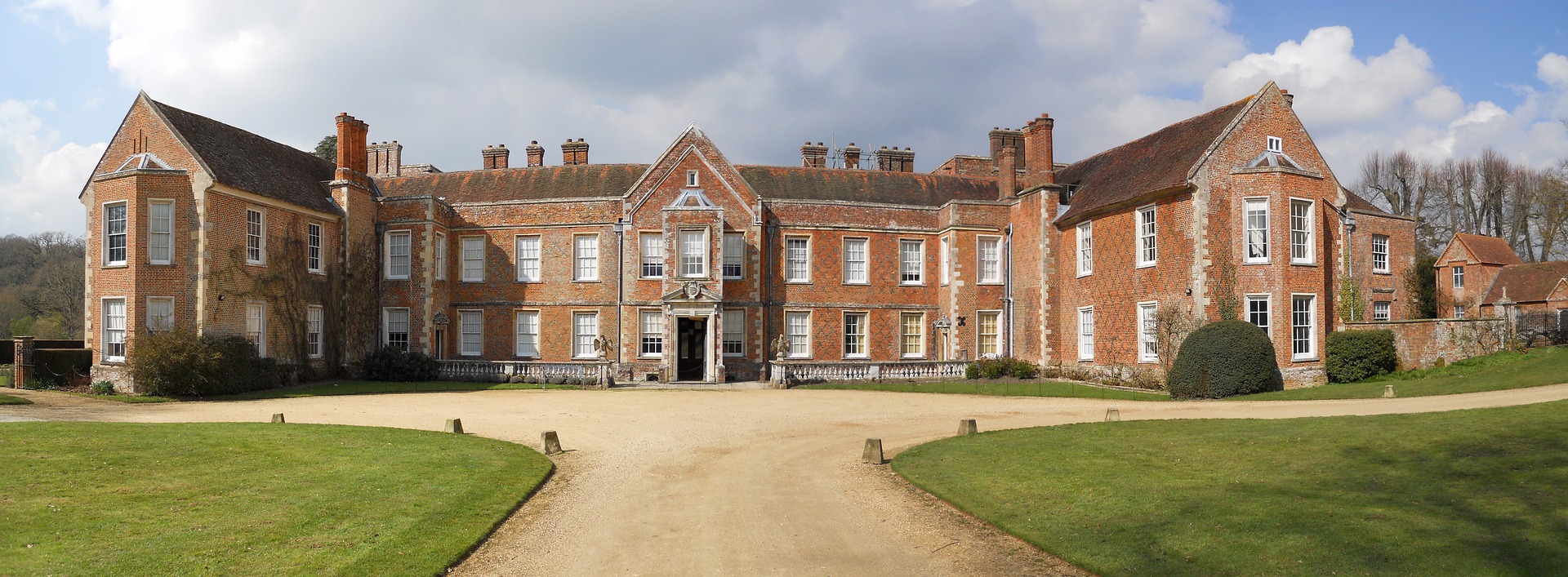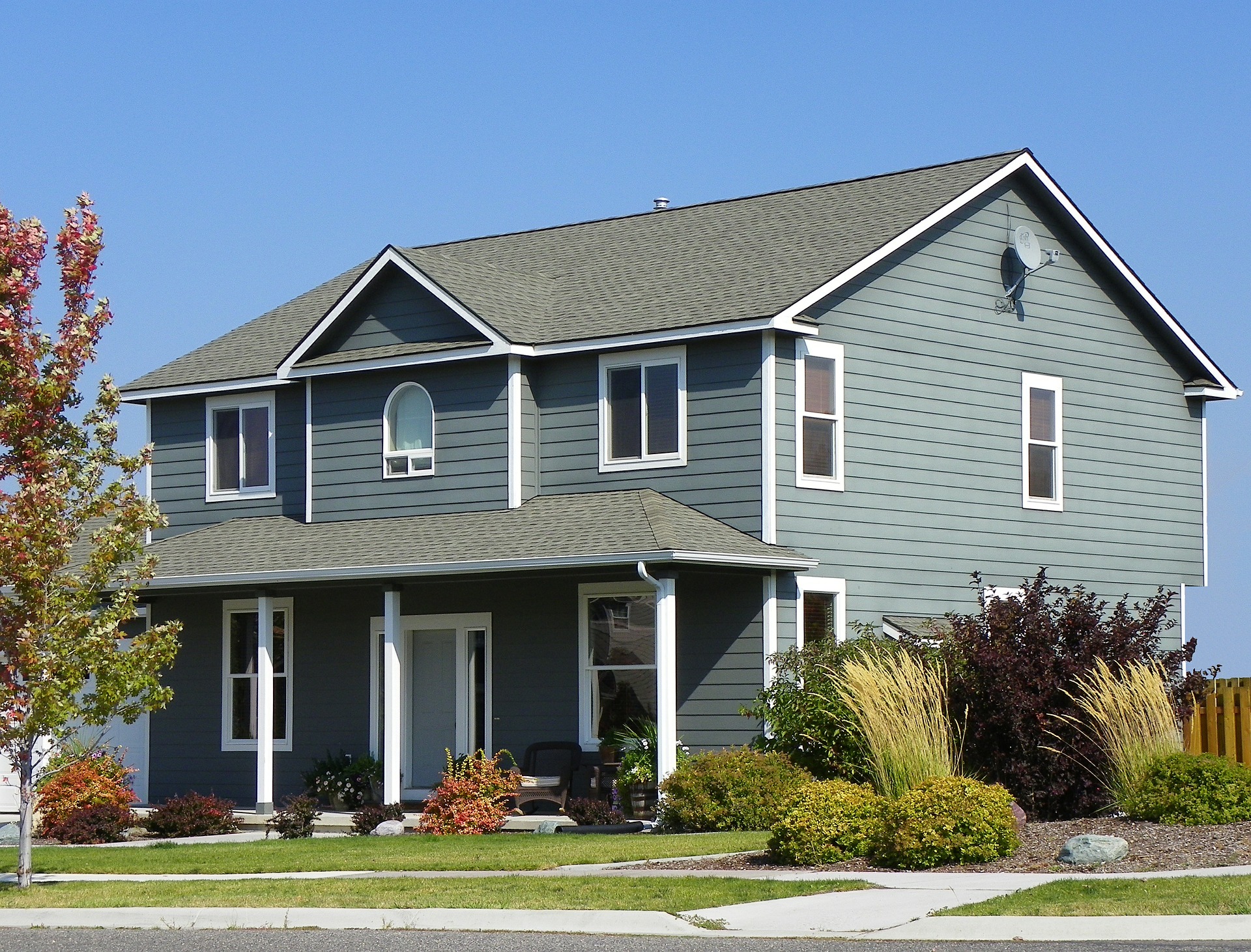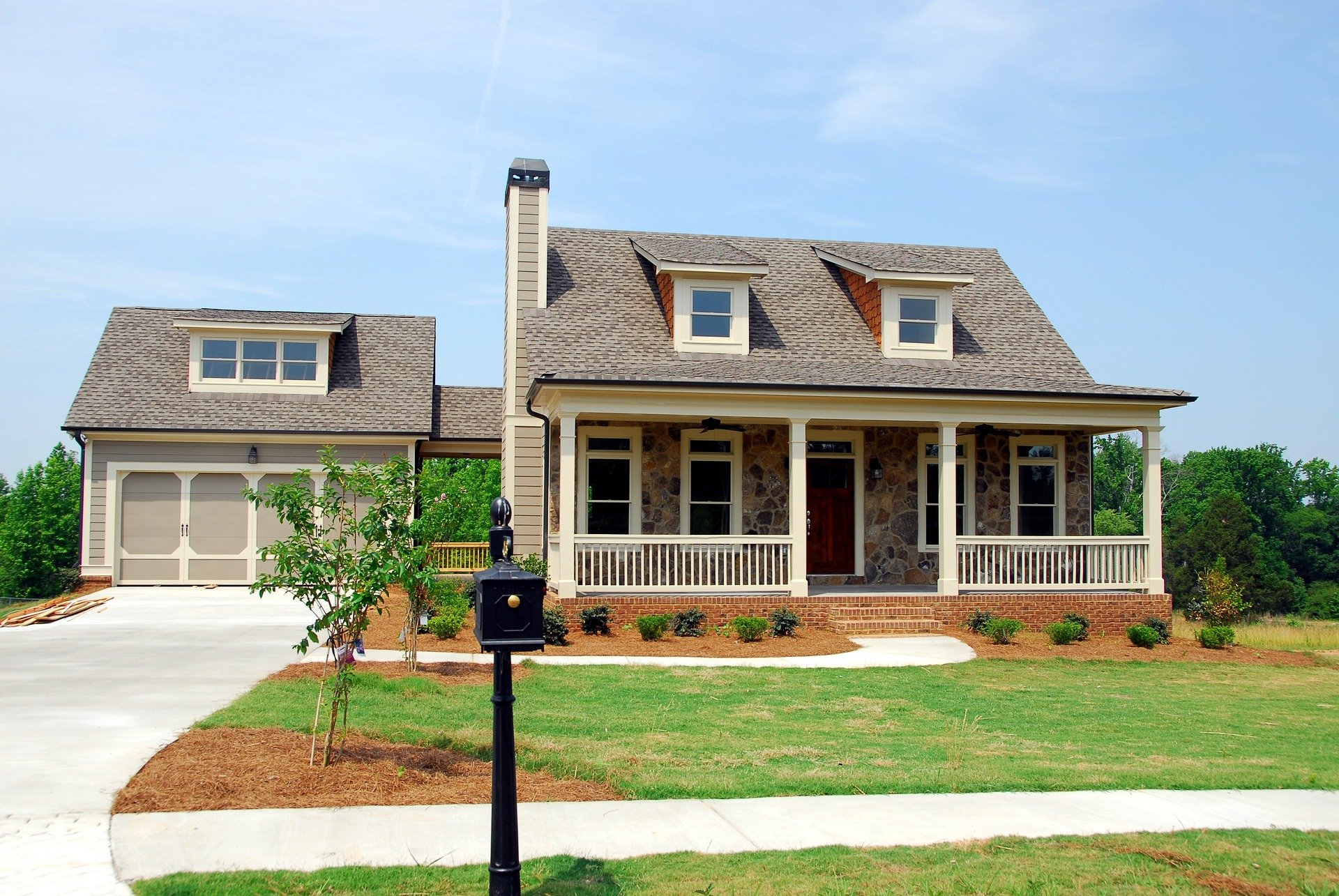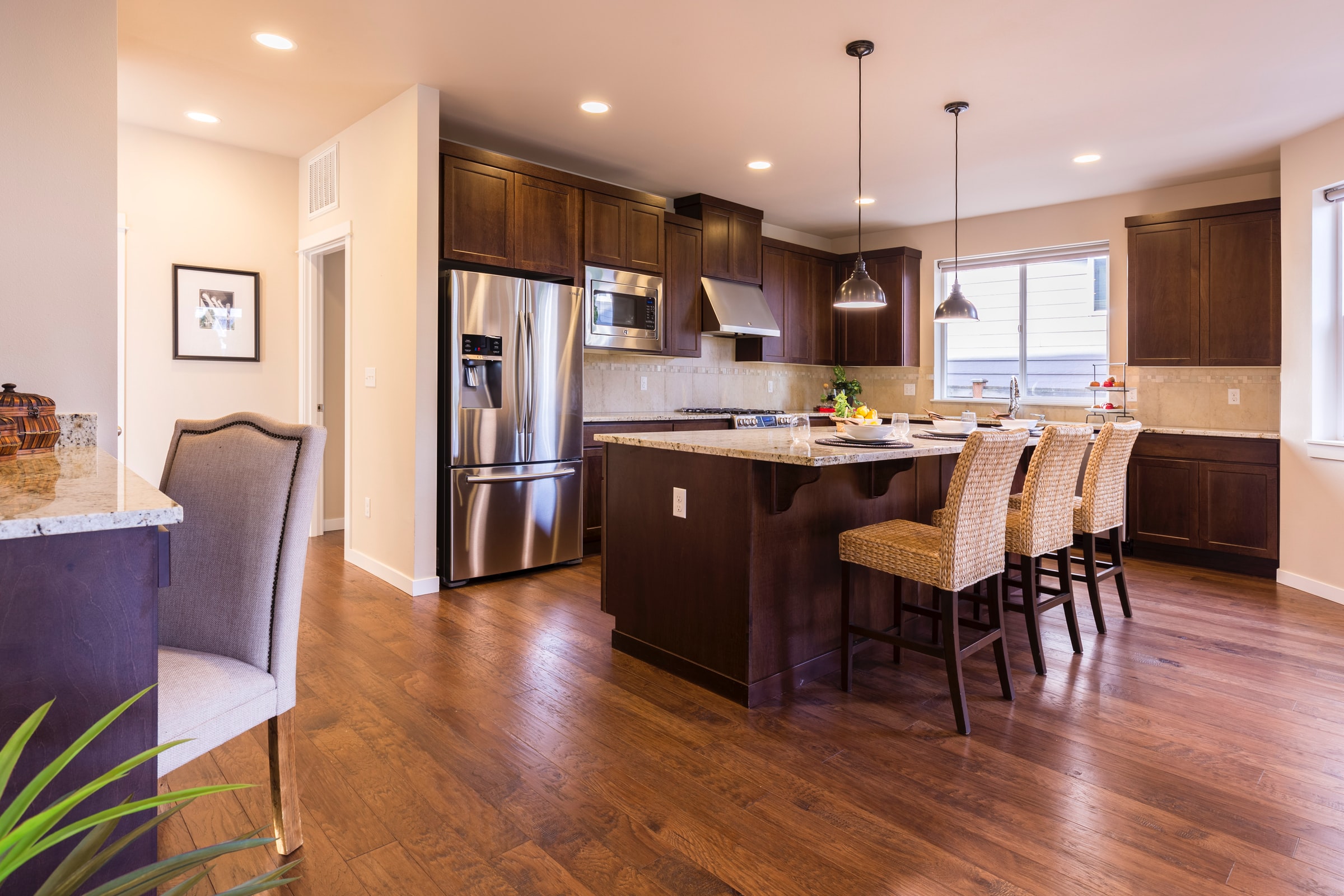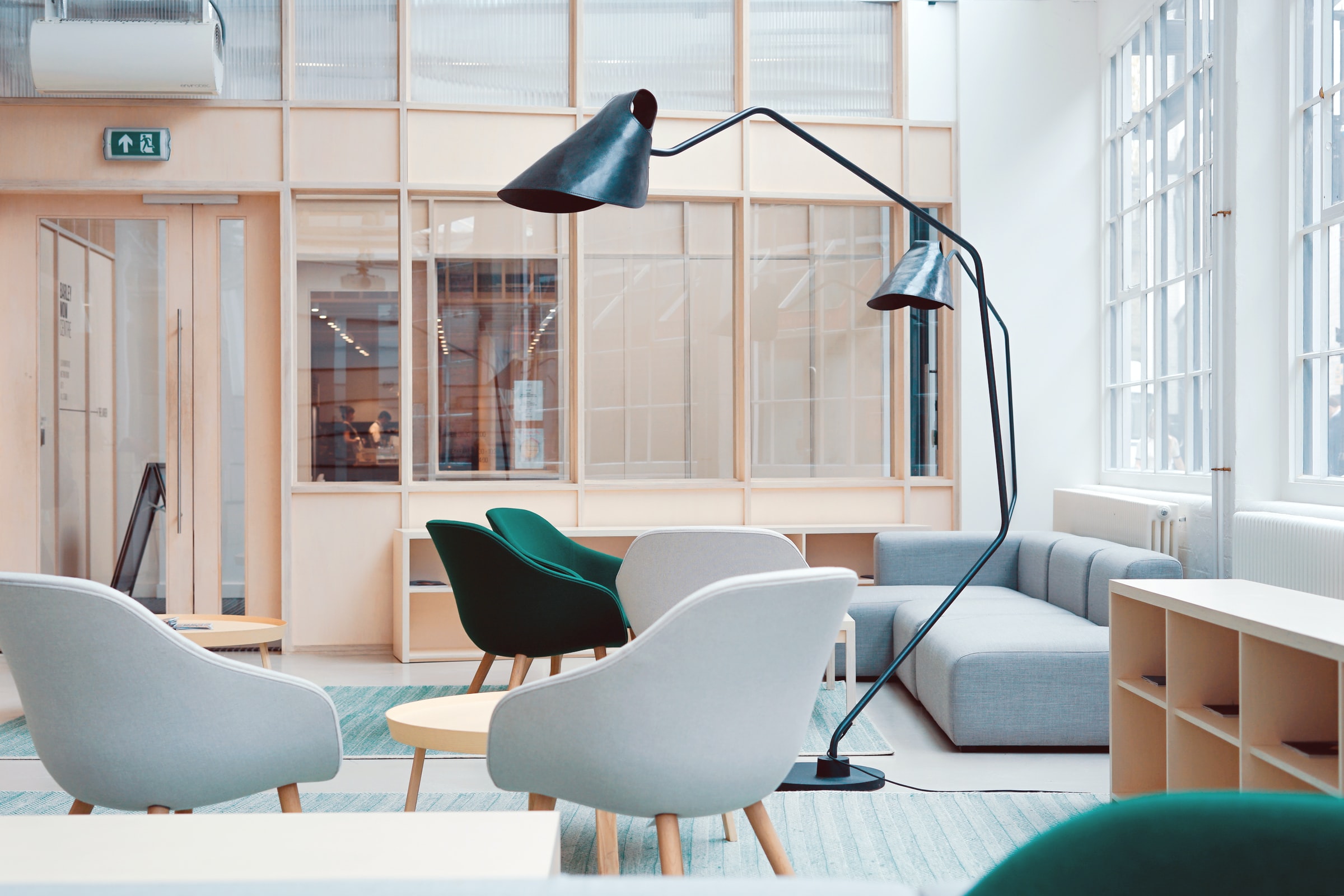In photography, panorama is one thing that makes the lives of photographers comfortable and easy.
Using this technique, real estate photographers can stitch out the most compelling images you need for your listings.
But why is panorama critical in real estate photography, and how can you make one?
What is a panorama?
Unless you have the most updated camera, capturing the perfect panorama shot is quite challenging. Hence, it would be useful to know how to do this manually.
So, what is a panorama?
In photography, the panorama is a technique wherein images with single exposures and HDR are stitched together to create one comprehensive picture. Panoramic images show the particular captured image in a broad view – something that a standard camera lens cannot do.
Moreover, panoramic photography is only for wide horizontal images. It is commonly used for landscape photography but is now widespread in real estate photography, cityscape photography, and architecture photography.
Panorama Makers for Real Estate Photographers
Today’s modern cameras have panoramic mode available, but if you still do not have the most updated one, try using a panorama maker.
Check out this list.
1. PTGui
PTGui is one of the most popular panorama makers with photographers. It has a simplified interface, friendly-user features, and fast processing that makes the perfect panorama images.
Moreover, it is also versatile as it supports many types of lenses and cameras.
The PTGui Pro version supports HDR blending and Exposure-Fusion, which are essential in creating the best sharpness through the frame and blending across the photos’ seams.
Here are some of its pros and cons.
Pros:
- It allows fast adjustment of the projections, including rotation and center.
- Automatically recognizes the camera and lens. Once done, it will calibrate the perfect settings for you.
- Offer a wide range of projections such as the essential rectilinear, the obscure Vedutismo, spherical, “little planet,” and cube face.
- Remove unwanted features and allows you to tweak the control points manually.
- Stitch a 1 Gigapixel panorama in just 25 seconds.
Cons:
- Default settings are unconventional and need a lot of manual adjustments.
2. Autostitch
Autostitch is a wholesome automatic panorama maker with an easy-to-use interface and functions.
Just click on the File menu, then tap on Open to import photos. This software will automatically work on stitching the pictures in one go.
The usual turnaround time is around two minutes. After this, you should already have a panoramic photo. The matching and blending of edges are generally better in Autostitch than manual operations.
Here are its pros and cons.
Pros:
- A simple and functional interface
- Proven effective in stitching images with superb quality
As for the cons, users worldwide do not have specific complaints when using this tool, so it is up to you to judge.
3. Panorama Stitcher Mini for PC and Mac
Panorama Stitcher Mini is a favorite of most Mac users when creating a panorama.
Its free version allows users to experiment with how to create a stitched panorama by using an app. Such an app can stitch up to five images and is now compatible with macOS 10.12.
Moreover, it also incorporates lens shading correction for more accurate and realistic colors.
Here are some of its pros and cons:
Pros:
- Fully automated panorama maker application
- Create high-resolution images suitable for large prints such as banners or tarpaulins.
Cons:
- Quick memory draining
- Slow speed
4. Hugin
Hugin is an open-source panorama photo creation tool. This means it can be easily modified by anyone knowledgeable about open-source software to customize it according to needed features.
It is free software that allows users to fix control points manually. This makes various exposures taken from two types of lenses look natural and smooth.
As for the pros and cons, check the following:
Pros:
- Special free software.
- Easy to install and use
- Final panoramic images are high-quality
Cons:
- It can be challenging to use by beginners
- Bugs are common
So, what do you think? Which of these tools above is your best choice? Let us know below!
